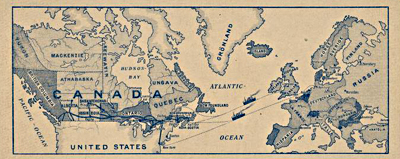"The purpose of a book signing isn't to sell your books, it's to sell yourself." (Mary Janice Davidson)
A successful book launch involves three things: showing up, having books (business cards, pens) and selling one copy. "The purpose of a book signing isn't to sell your books, it's to sell yourself," says Mary Janice Davidson (http://www.writing-world.com/promotion/promo01.shtml). You may sell anywhere from five to 100 books, but it's not just about the numbers.
While some authors prefer having a solo book launch, Mary Janice Davidson launched her book alongside 200 other authors. The presence of others helped take the focus, and the pressure, off of her. Furthermore, she had a bigger crowd to draw upon due to the number of authors.
What is the first order of business? Set up a book signing at your local neighbourhood bookshop or a big chain. Contact your publisher to make sure that the books are en route. It would look silly on book signing day if you ran out of copies.
Next, spread the word about your book signing. Post an announcement on Facebook, Twitter, etc. Send a press release to the local paper. Prepare an insert to slip into the envelop with every bill you mail or letter you send. The insert should include your name, the book title along with the date, time and place of your book signing.
Blogger Mary Robinette recommends that you prepare ahead of time by practising your signature (http://maryrobinettekowal.com/journal/debut-author-lessons-10-things-about-signing-books/). You need to be able to sign and talk at the same time. Write down three stock phrases that you can include with your signature and rotate these regularly. Sign each book in the same place, usually the title page. Date all your signatures the first month of the book's release; this makes them more valuable to collectors. Ask people to spell their names; it's hard to erase ink. Use a different signature for legal documents as you might end up the victim of identity theft at some point.
On the day of the signing, dress in business casual, says Mary Janice Davidson. Bring the following items along:
- a blow up of the book cover
- pens (acid free so they won't smear)
- promotional items (bookmarks, postcards)
- paper table cloth
- tape/markers (to make an impromptu sign)
- water bottle
- breath mints
Mary Janice Davidson reminds you to smile, wave and greet customers. Make eye contact. Put the book in their hand and engage them in conversation. If you write romance, but the customer is not a fan, ask them what genre they prefer and recommend some titles. In the meantime, hand them your business card to pass it on to friends who are fans of your genre.
Lastly, to get ideas, attend other book signings.








